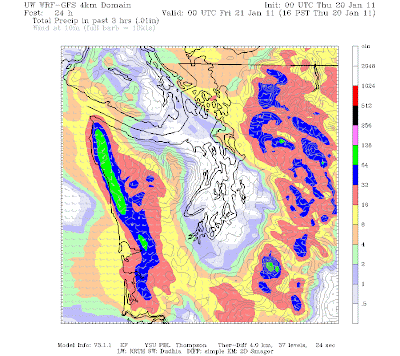But sometimes insights come from sources other than high-resolution numerical models, Doppler radars, and other advanced technology. For example, it is well known that some animals sense upcoming storms or the character of future weather. How many times have you heard about birds finding shelter before a storm, or wild animals getting out of the way of imminent tsunamis? There is great forecasting potential in this innate understanding by nature's denizens.
Many of you are familiar with the most famous animal weather predictor of all, the well-known groundhog Punxsutawney Phil,who reveals the upcoming weather from his underground den in Gobbler's Knob, PA.
Let me be honest--I have my doubts about Phil's ability to predict weather anywhere and particularly the Northwest. Why would a creature that winters underground develop such skill? And could he possibly have any insights into the upcoming storms and temperatures on the other side of the continent? I doubt it and so should you.
Reliable animal-based prediction for us here in the Northwest could only come from a local resident and one that lives and survives exposed to the environment. And considering our issues with moisture, a wet environment at that.
Thus, it was with some excitement that I learned that a local group based in Snohomish have heavily researched the weather prediction ability of local frogs, and have garnered the aid of one frog in particular named "Snohomish Slew". Documented by Native American sources and confirmed by detailed verification of previous frog-based forecasts, these folks in Snohomish have demonstrated near perfect weather prediction skill using amphibian guidance. As documented in the picture below, the chosen frog is a keen observer.
All this research came to a head in Snohomish on Saturday, a day officially known as Ground Frog Day. Attendants of the honored frog oracle learned of his prediction through means they are not willing to reveal, but you can see the proceedings by viewing this video (click on the picture):

Some of you might be concerned that these priests of the great frog meteorologist resemble escapees from some retro Saint Patrick's day Bacchanalia, but I would give their appearance no notice--looks means little in the weather prediction business.
And what was the noble frog's forecast? Mild and breezy. The former condition is in direct contraction to the "modern" predictions based on La Nina statistical correlations with NW weather.
I for one would not bet against the frog in such matters.























































